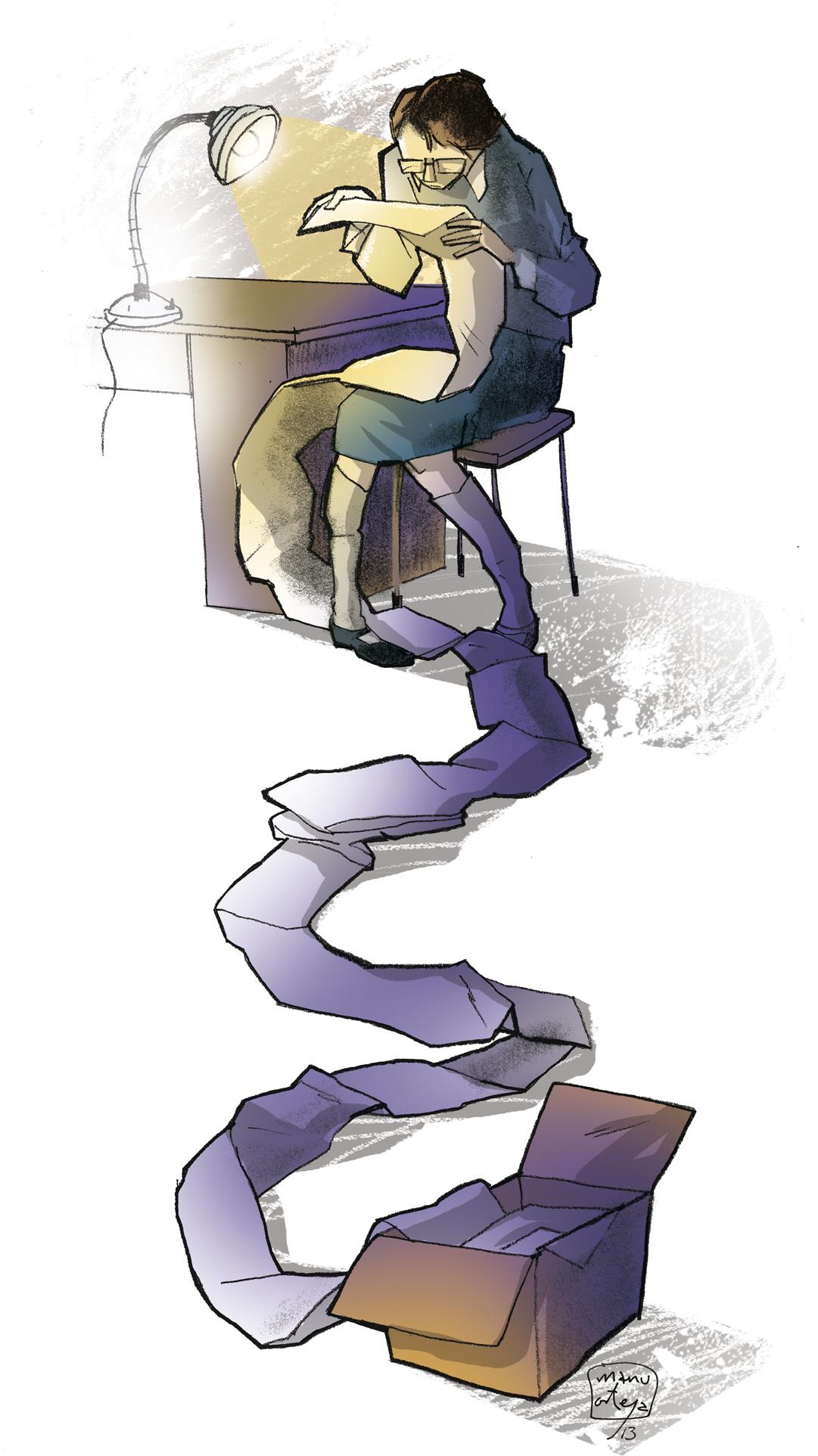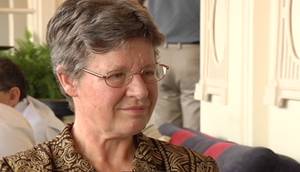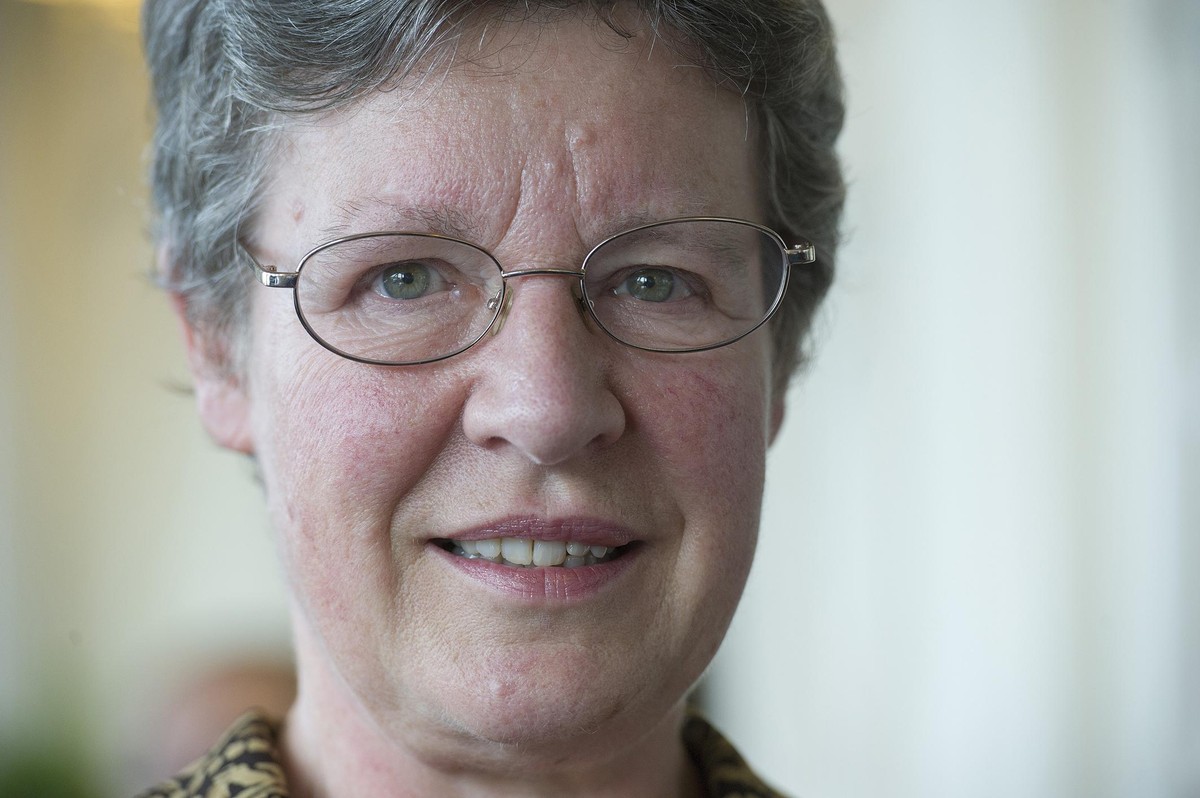Jocelyn Bell Burnell, a young lady at the top of astrophysics
2014/01/01 Etxebeste Aduriz, Egoitz - Elhuyar Zientzia Iturria: Elhuyar aldizkaria

Journalists began to appear one after another. They wanted to take pictures with the radio telescope, standing, sitting, analyzing the data and running, shaking their arms, celebrating the discovery. In fact, he made one of the greatest discoveries of the time, as is evident in the article he had just published in the journal Nature. The discoverer was a young and beautiful woman. Journalists wanted to know if she was taller than Princess Margaret, how many boys she had...
Jocelyn Bell Burnell felt like a "piece of meat." It was not the first time. He remembered what he began studying physics at the University of Glasgow. She was the only one of 49 boys. And at that time it was customary that when a woman entered the amphitheater all men cheating, beating the earth and applauding; if the woman was ashamed, it began with more force. It wasn't easy, but Bell Burnell was clear he wanted to be an astronomer.
He was born in Belfast in 1943. She was one of the first girls in the school who allowed her to take up the science branch. Normally they were dedicated to learning the duties (sewing, cooking...); the sciences were for the boys. But Bell Burnell wanted to go from science and his parents agreed. They fought from the beginning so that their daughter could study science.
Soon came the 11-year test. It determined who served for a career and who did not. Yes, at age 11, girls are faster than boys, so girls were tested harder to overcome. Bell Burnell didn't beat him. But also then the parents adapted to make their daughter a career in another school. From the beginning it was great, the best of the class on scientific issues.
At that time he knew he wanted to do physics, but not exactly what, until his father got caught up with the astronomy books he brought from the library. Then he decided, at all costs, to do astronomy.
After his career in Glasgow, he went to Cambridge to do his doctorate. At first he felt uncomfortable, felt that it was not worth being there, that it was not fast enough to be there, and that perhaps he was a tuntun and they would throw him. And they all seemed extremely fast. But he was not about to give in, and decided that he would do everything he could, that he would work a lot every day.
He spent the first two years doing a radio telescope. The aim was to investigate quasars. At that time very little was known and there was much interest. Antony Hewish thought that a huge radio telescope would be a very useful tool for detecting quasars. And Bell Burnell began to build it.
In an area of about 20,000 m 2 more than 2,000 antennas connected to each other 200 km of threads were placed. In July 1967 this unique telescope was used. Everything detected by the telescope was recorded in long strips of paper. Bell Burnell's job was to analyze all this, 30 meters of paper a day.
He did his job very carefully. At six weeks, he realized that there was a strange sign among everyone else. And it already appeared before, as confirmed in the previous records. When he detected it in greater detail, he discovered that the signal came to pulse at a distance of 1.3 seconds between pulses. He soon told Hewish, and his first impression was that this signal should be created by man; those pulses were too fast for star-sized bodies.
Bell Burnell knew that was impossible, as he saw his origin moving like the stars. Despite everything, he was among the stars. Hewish also affirmed this, and then began to analyze -- and discarding -- all the hypotheses that occurred to them: radar reflected on the moon, satellites of special orbit, the effect of a metallic building near the telescope, some failure of the telescope...
Later, comrade John Pilkington clarified that the signal came from outside the Solar System and inside the Milky Way. But what demon was it then? Signs of beings from another civilization? They did not believe that they had detected it, but this hypothesis could not be ruled out. In short, they did not know whether or not those pulses of radio waves had natural origin.
The last day before the Christmas holiday, Bell Burnell was angry at home, "I, here, wanting to doctorate with a new technique, and beautiful green men had to choose my celestial zone and my frequency to communicate with us! in her womb. After dinner he returned to the laboratory. And when he was analyzing the data from another area of the sky, he saw another sign there! We reviewed the records that preceded that field and sometimes appeared there! He had to leave the lab because it was time to close. But he knew that a few hours in the morning something would pass through the sky that emitted a new signal.
He went to the observatory. It was very cold and I knew that the receiver system was less when it was cold. With his breath and threads, he managed to work well for five minutes and there was the signal! They were also pulses 1.2 seconds away. He left the results on Hewish's table and was happy on vacation. It did not seem very credible that two groups of green men worked from different places in space, at the same time, on the same frequency and sending signals to the same planet.
Around the holiday, a couple of weeks, he found the third and fourth. And they concluded that they were a new type of stars. Then they called them Pulsar. The discovery was published at the end of January in Nature. The article mentioned that the signs could belong to another civilization. And, of course, journalists began to appear one after another. Moreover, when they discovered that the author of the discovery was a young and beautiful person...
P.S. : Pulsar's discovery was the first Nobel prize in astronomy. Hewish was the winner. However, according to Bell Burnell in the interview, he does not seem to be very hurt by it.

Gai honi buruzko eduki gehiago
Elhuyarrek garatutako teknologia






